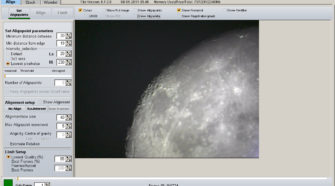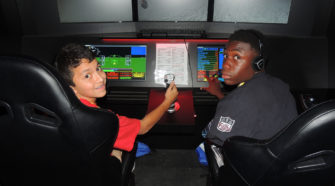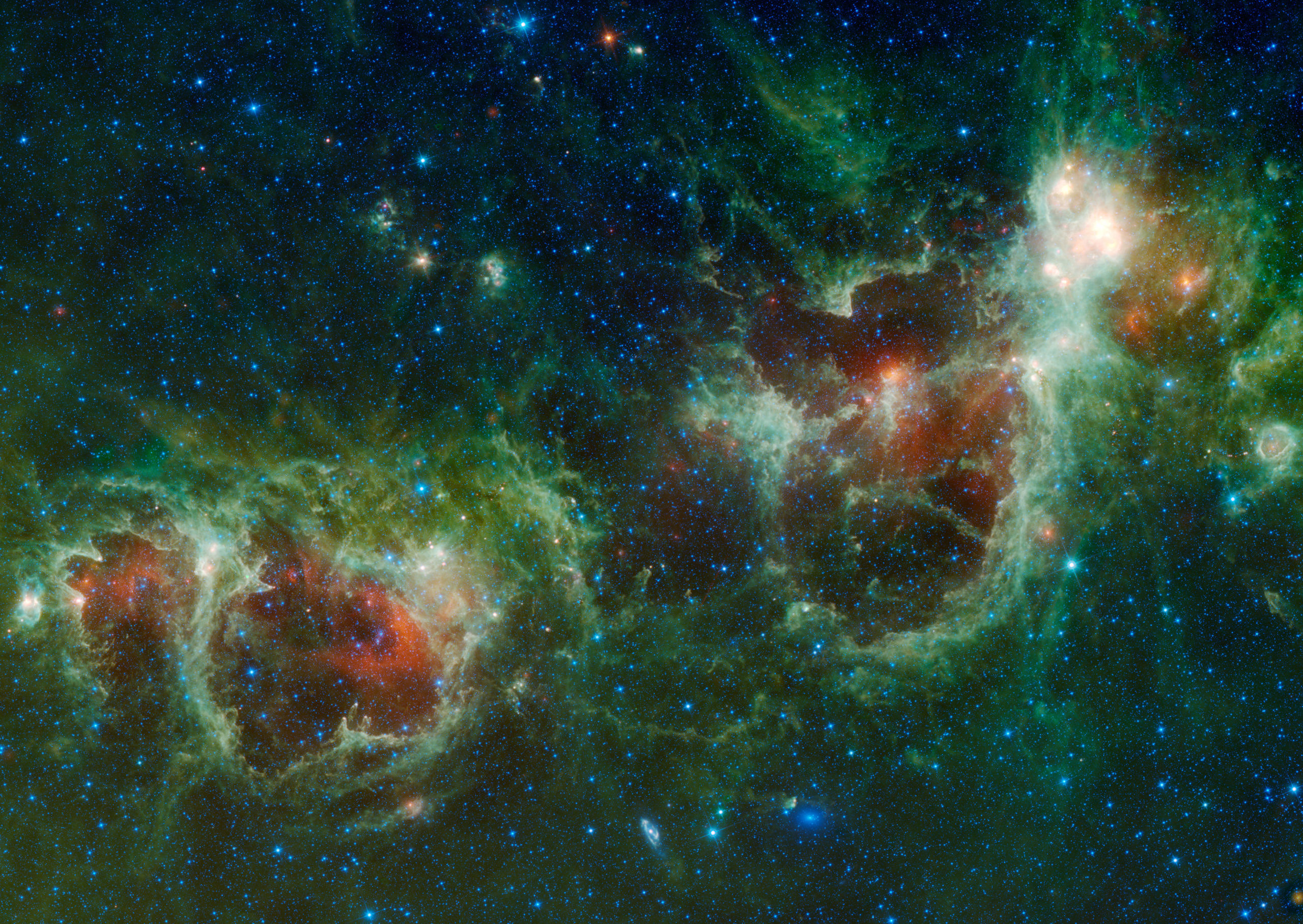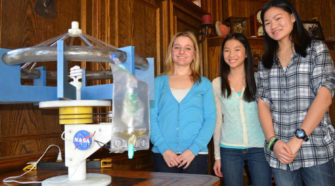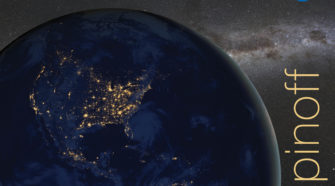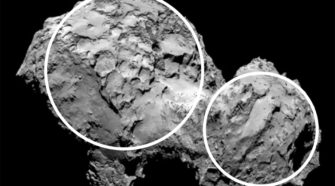Education
Photographing the planets (part 2)
Following on from last issue where we looked at the equipment and capture of video to produce a photograph of the planets this issue looks at the processing of the video into an image. This article really only scratches the surface of image processing as there are so many variables and methodologies that can be …
National Flight Academy makes learning an adventure
Who says learning can’t be fun? Certainly not the leadership team at Ambition who delivers “inspired play” in six-day immersive programs at the National Flight Academy located in Pensacola, Florida. It all starts with the story – a heart-pumping, adrenaline-filled mission with squadrons competing to successfully finish a task. Whether it is a race or …
Cassiopeia: The Queen
Cassiopeia is a prominent constellation in the northern hemisphere which is very easily recognised as a W or M in the night skies. In most of Continental America and all of Europe it is visible year round but becomes most spectacular in the winter months, when it is elevated to a much higher altitude. Along …
Bulawa sisters are sending an experimental garden to ISS
We are Chicks in Space, a team of three sisters – MaryAnn Bulawa, Adia Bulawa and Lillith Bulawa – who are on a mission to help make future long term space missions possible. We have grown up working on NASA projects and challenges and in 2012 we participated in the Conrad Spirit of Innovation Challenge. This challenge encourages high …
NASA Spinoff 2015: There’s more space in your life than you think
NASA technologies are being used to locate underground water in some of the driest places on the Earth, build quieter and more fuel-efficient airplanes, and create shock absorbers that brace buildings in earthquakes. The 2015 edition of NASA’s annual Spinoff publication highlights these and other technologies whose origins lie in space exploration, but now have …
Exploring the surface of a comet
On August 6, 2014 after a decade-long journey chasing its target, ESA’s Rosetta has today become the first spacecraft to rendezvous with a comet, opening a new chapter in Solar System exploration. Comet 67P/Churyumov–Gerasimenko and Rosetta now lie 405 million kilometers from Earth, about half way between the orbits of Jupiter and Mars, rushing towards …

